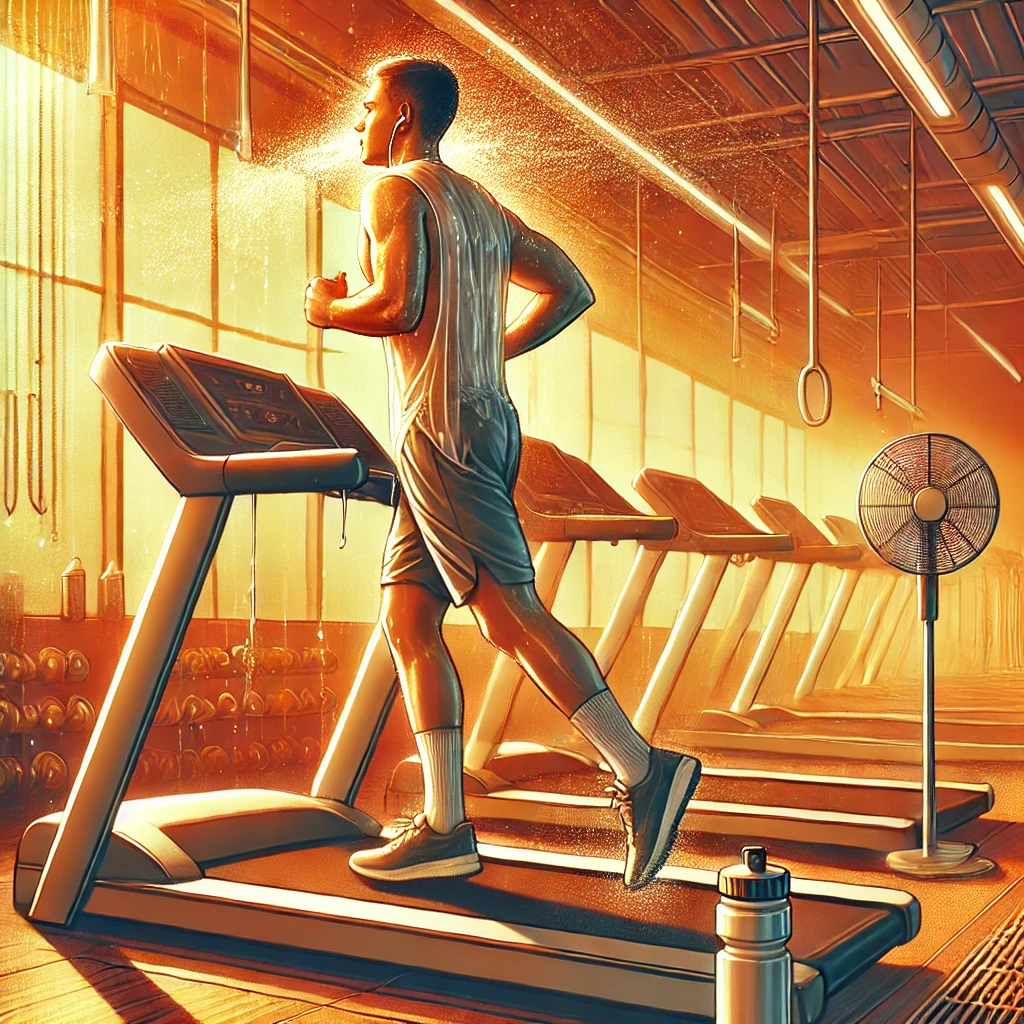The Basics of Heat Adaptation Training
Heat adaptation training involves exposing the body to elevated temperatures to enhance its ability to cope with heat stress. It is commonly used by athletes preparing for competitions in warm climates, but it also offers broad benefits for endurance, performance, and overall resilience. In this article, we’ll explore the science, benefits, and practical methods for heat adaptation training, drawing on insights from five reputable sources.
Why Heat Adaptation Training Matters
When the body is exposed to high temperatures, it undergoes physiological changes to adapt to the new environment. Heat adaptation training leverages these responses to improve performance and reduce the risk of heat-related stress and exhaustion. The key adaptations include:
- Increased Plasma Volume: Boosts blood circulation, enhancing oxygen delivery to muscles and organs.
- Improved Sweat Rate: The body starts sweating earlier and more profusely, cooling it more efficiently.
- Enhanced Thermoregulation: Aids in maintaining a stable core temperature during exertion.
- Reduced Heart Rate: The heart doesn’t need to work as hard, lowering perceived exertion levels during intense exercise.
These changes make the body more efficient under stress and help prevent heat-related issues such as cramps, dehydration, and heatstroke.
The Science Behind Heat Adaptation
Heat adaptation training typically takes 7-14 days to develop significant benefits, but even a few days can make a noticeable difference. Research shows that repeated exposure to high temperatures triggers the hypothalamus, the body’s thermoregulatory control center, to adjust its functioning. This adaptation is supported by increased plasma volume, which not only improves endurance but also supports better hydration levels. The result is that athletes can train longer and recover faster.
Source 1 emphasizes that the body’s cardiovascular system is one of the first to respond. The increase in plasma volume ensures that more blood reaches active muscles and skin for cooling purposes, reducing the strain on the heart.
Methods for Effective Heat Adaptation Training
1. Controlled Heat Exposure in Training
The most common method is to train in a warm environment, such as a hot room or outdoors during peak heat hours. Here’s how to incorporate this method:
- Progress Gradually: Start with shorter, lower-intensity sessions and build up to longer, more intense workouts.
- Hydration Is Key: Drink water with electrolytes to replace lost minerals.
- Use Fans or Ventilation: To prevent overheating, train in a well-ventilated space.
Source 2 highlights that the progressive approach prevents overtraining and helps the body adapt efficiently without risking heat exhaustion.
2. Sauna or Hot Bath Immersion
Post-exercise heat exposure through saunas or hot baths can also be effective:
- Sauna Sessions: Spend 20-30 minutes in a sauna post-workout to simulate heat stress.
- Hot Baths: Immerse yourself in a hot bath for 20-40 minutes after a training session to extend heat exposure.
According to Source 3, these post-exercise methods are helpful for those who cannot train directly in hot environments but still want the adaptive benefits.
3. Layered Clothing Training
Wearing extra layers during training can simulate warmer conditions. Be cautious with this method to avoid overheating:
- Start Slow: Begin with just a few extra layers and gradually increase as your body adapts.
- Monitor Body Temperature: Take frequent breaks to check in on how you’re feeling.
Source 4 warns that this method can be risky if not monitored carefully. Always listen to your body and avoid excessive sweating that could lead to dehydration.
Benefits of Heat Adaptation Training
1. Enhanced Athletic Performance Athletes training for marathons, triathlons, or events in warmer climates can benefit from a significantly improved capacity to endure heat. Studies show that heat-adapted athletes often outperform non-adapted peers under similar conditions.
2. Increased Efficiency The body’s ability to cool itself more effectively leads to less energy spent on thermoregulation, leaving more energy for performance.
3. Faster Recovery The improved blood flow that comes with increased plasma volume helps deliver nutrients and oxygen to muscles, supporting faster recovery post-training.
4. Improved Mental Resilience Training in hot environments pushes athletes to develop mental toughness. Source 5 suggests that challenging your body in extreme conditions helps build psychological resilience that translates to better focus and determination during races or events.
Safety Tips for Heat Adaptation Training
Stay Hydrated: Dehydration is a significant risk during heat training. Use water and sports drinks to stay hydrated, ensuring you’re replacing lost electrolytes.
Listen to Your Body: If you experience dizziness, nausea, or severe fatigue, stop training immediately and cool down.
Balance It Out: Alternate heat training days with cooler training days to avoid overloading your system and giving your body time to recover.
Monitor Progress: Track your resting heart rate, weight, and hydration levels to gauge how well your body is adapting.
Seek Guidance: Consult with a fitness professional or coach familiar with heat training to structure a plan that matches your fitness level and goals.
Final Thoughts
Heat adaptation training is a powerful tool for athletes and fitness enthusiasts aiming to improve endurance, performance, and resilience. By gradually exposing your body to heat and using controlled methods like hot room training, sauna sessions, or layered clothing, you can reap significant benefits while minimizing risks. As always, hydration, listening to your body, and progressing gradually are the keys to success in heat training.
Whether you’re training for an endurance event or just looking to build your resilience, incorporating heat adaptation methods can help you stay cool under pressure and perform at your best.
Share this content:



